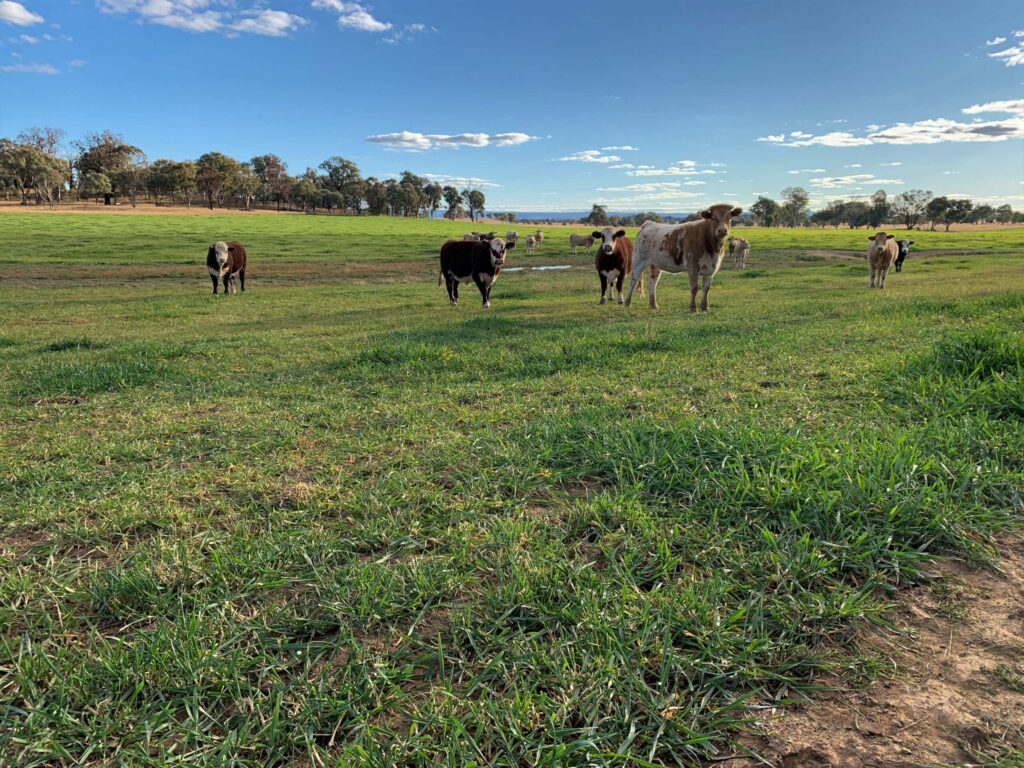Avoid your forage cereal crop going to head
May 14, 2021 All Regions
Last year several forage cereal crops ran to head before the end of winter, and farmers chose different methods to manage them. Several options for handling the bulk of forage and getting paddocks back into a profitable crop or pasture were utilised.
Which options are most practical or suitable will depend on what machinery and climate you have. There seemed to be a greater number of crops that got out of control last year. Reasons include:
- Early planting on the back of rain after a long drought at a time when farmers were keen to get some forage growing before it became dry again
- Using varieties that mature quickly
- A mild autumn
- Drying soils
- Lack of early grazing (stock were very expensive)
When planning your best management options, determining the crops exact growth stage is critical. Using a reference such as the NSW DPI Winter Crop Sowing Guide will help in determining growth stage and the likely success of some of the options suggested here.
Removing the bulk of the feed with concentrated grazing by stock is the cheapest option, but in many cases not enough animals will be available. Mowing or mulching is very effective at knocking down the bulk prior to preparing for a new crop, but this may not be possible on some farms. Mowing will not result in new green forage growth unless there are enough vegetative tillers at the time of cutting. Harvesting as silage is a good option if possible or make hay in spring when grain is still soft. If the market for hay is low, consider storing the silage or hay for feeding on your farm in the next dry period. If the silage might not be needed for more than a year, consider extra wrap layers or buried pit silage. A low-cost option to remove the bulk is to leave the crop as a sacrifice paddock by spelling through spring and then grazing in summer when the feed has dried off. If the crop is not needed at the time it’s ideal for grazing, consider spraying with glyphosate to hold feed quality and conserve soil moisture.
Delayed grazing in a mild autumn will lead to stem production, which reduces quality and regrowth.
Always consult the label and your local agronomist. Once the bulk of the material has been managed, consider a crop option that suits your animal requirements and climate. S&W Seed Company Subzero Hybrid Forage Brassica and Bouncer Hybrid Forage Brassica can be planted in early spring (9ºC + soil temperature) for spring and summer grazing. S&W chicory, plantain and red clover crops can be planted at a similar time and will provide quality feed for more than a year. New lucerne stands can also be planted, or lucerne-chicory mixed pastures. Millet can be planted when soils reach 14ºC, and sorghum for grazing or silage when the soils are warmer (16ºC). Also, if suited to the farm, consider planting spring grain crops of sorghum or sunflower after the forage cereal crop.
When grazed regularly, quality of oat crops can be maintained throughout winter.
For more information and to discuss options, speak to your local S&W Seed Company Territory Manager or contact us
Written by Gavin Milne – Technical Services Territory Manager, New England NSW

